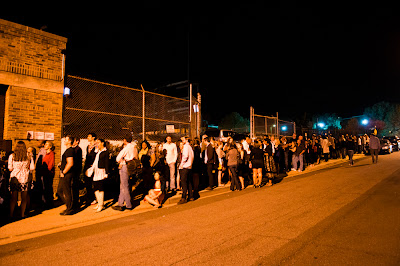How do dancers navigate the multiple avenues available when they graduate from high school? There are decisions to be made about company auditions, college applications, and exploring a gap year before enrolling at a university. Last night the Washington School of Ballet presented a discussion about dancers’ futures to a packed audience of students and parents. One of the first ideas offered was that it’s important for a dancer to demonstrate the difference between being assertive and being aggressive.
It was this statement of Septime Webre, artistic director of The Washington Ballet, that made me realize this conversation was going to be different. It was not about platitudes and clichés, not about following your dream and hoping for the best. It was real, informative, and eye-opening.
The discussion was organized by Kristina Windom and moderated by school director Kee Juan Han. Guest speakers included Webre and Susan Shields, a choreographer, professor, and longtime partner to Mikhail Baryshnikov when she performed with the White Oak Dance Project. The thread that linked the speakers and audiences was the Washington Ballet, not only the school where Shields trained, but also a company now led by Webre and an organization that is spearheading ways of preparing dancers for careers in the 21st century. As Shields said candidly, 20 years ago there was a certain stigma about a dancer thinking about going to college, or a ballet-trained student considering a career in modern or contemporary dance.
Times have changed.

